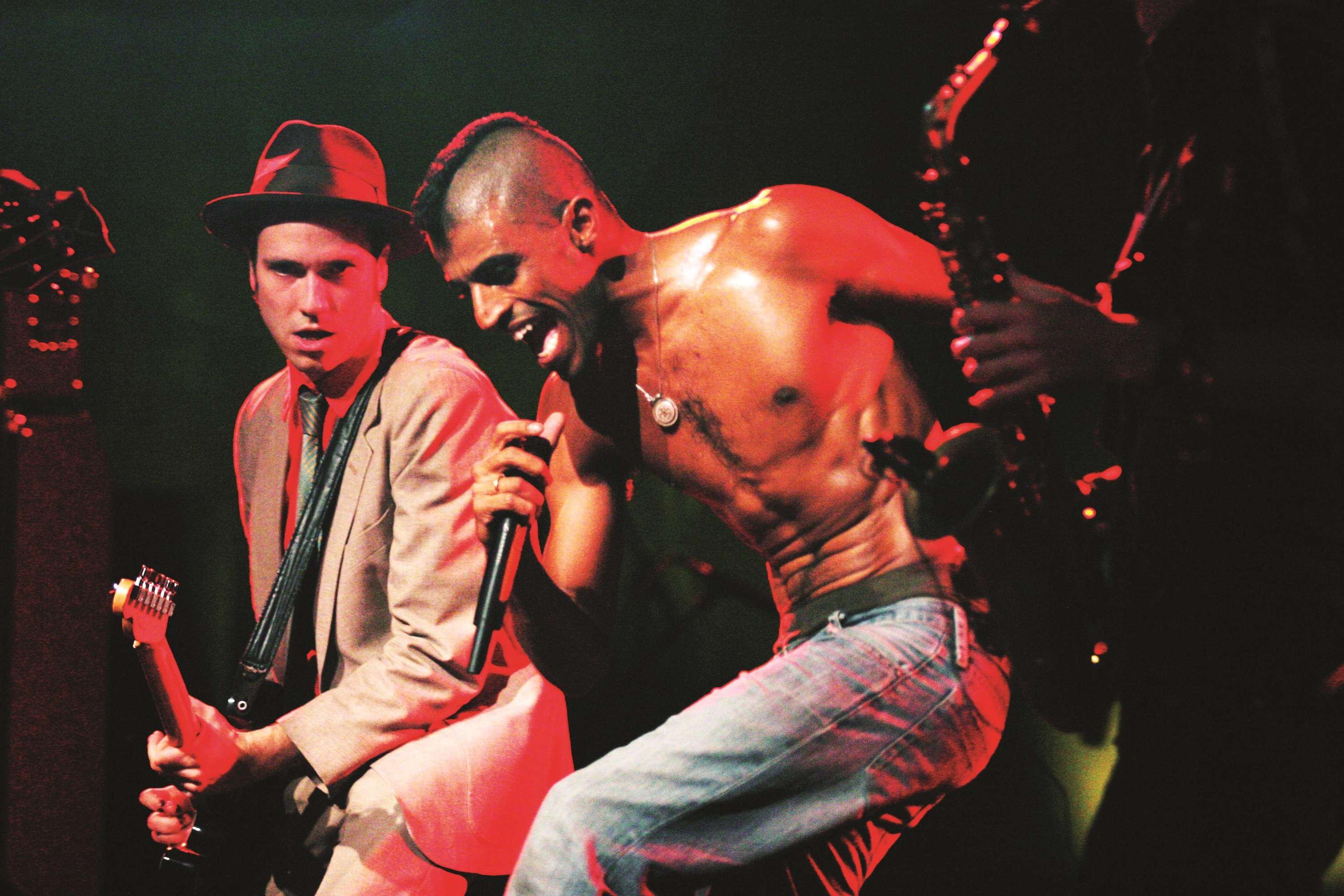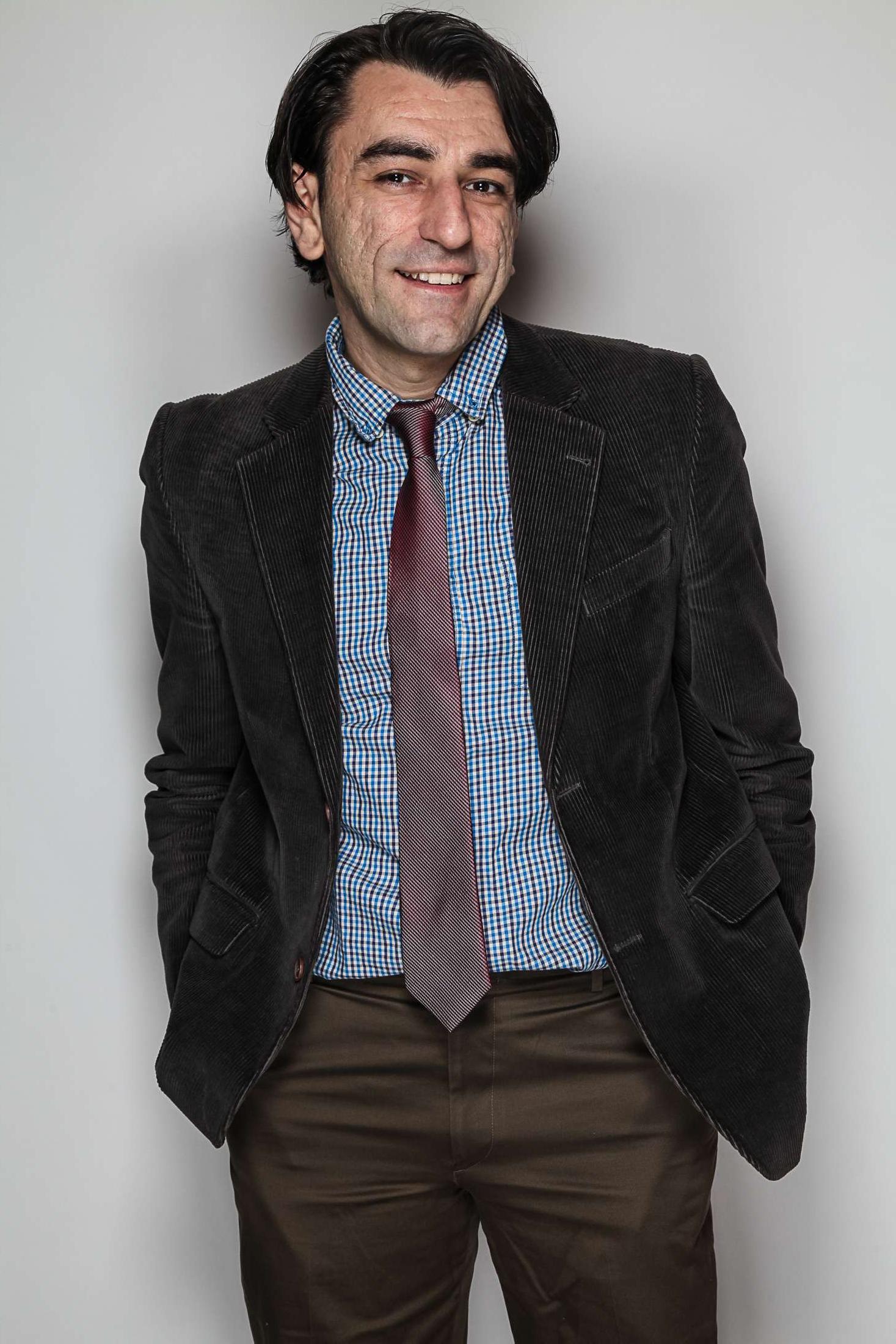Voices Of Live: Mehmet Dede On Bringing The World To New York And Surviving The Shutdown
Mehmet Dede wears many hats, but the simplest title you could give him would probably be Ambassador of World Music.
He is director of programming at Drom in Manhattan, a 300-cap club that puts on 500 shows a year featuring everything from Mongolian throat singing, to South American folk music, Afro-dancehall to indie rock to jazz to hip-hop. He is also the founder of the NY Gypsy Festival, now ready to stage for its 16th incarnation on Oct. 1 in digital format. He is also an assistant professor at The Hartt School performing arts conservatory at the University of Hartford. In short, he keeps busy.
Of Turkish descent, Dede was raised in Germany before migrating to the U.S., giving him a very global perspective, and on top of his domestic business he offers music consulting services for agencies in France, Hungary, England, Poland and Romania.
He took some time to talk to Pollstar about the survival of Drom, the continuation of his festival and some of his experiences as a promoter of world music in the U.S.
Is Drom in a position to survive in the coming weeks while Washington figures out a plan for federal relief?
We’re doing our best. At this point nobody wants to give up because we’ve taken it this far. We’ve lasted for six months, how many businesses do you know that can stick around with zero income for so long? We’re doing our best because for us, it’s not just a business, it’s a way of life.
Drom means “Journey” or “Path.” It comes from the Roma and Greek languages. This is our journey, and we opened it for good reasons and we’ve kept this up for so long because we believe in a cause, to facilitate cultural exchange in the U.S. and New York, to be able to bring different cultures and offer a platform, literally a platform and stage, for those who want to express it. So it’s disheartening to not put on shows because it goes against our mandate of why we are open in the first place.
We were one of the first members of the National Independent Venue Association and I’m part of the reopening task force that published a guide measuring how to reopen. The work NIVA has done, especially the leadership, I am in awe of all those people, how they managed to bring everyone together, we’re talking about 2,500 members across the U.S. And NIVA has a New York chapter – NYIVA – we’re making sure we are taking adequate measures to reopen safely in the New York market. There is great information and resource sharing among members. Several days ago Governor Cuomo announced indoor dining will be allowed at 25 percent capacity. We are trying to figure out what that means for Drom, besides having people in for food, how we can put on live shows. There is an ongoing conflict with the State Liquor Authority about ticketed shows. Every member of the NY chapter is dealing with the SOS Act and local issues.
But if we could reopen, even at 25 percent capacity, and start moving some things, so long as the numbers stay low …. I’m hopeful we can work up to 100 percent maybe in early next year and try to salvage as much as we can from this year. There are so many actions that can be taken for safe reopening, from ordering your food with your ticket purchase ahead of time, to cashless point of purchase.
The NY Gypsy Festival is coming back for 2020?
Yes, it merged with World Music Days last year, it was a mixture between the two, we were trying a new branding. But we are coming back this year with a virtual NY Gypsy Festival on Oct. 1 with pre-recorded, unreleased performances from Drom this year. The idea is to present Gypsy or Gypsy-tinged music, it’s the spirit of Gypsy we are presenting. We aren’t necessarily only going after artists of Roma descent.
It’s also a part of Global Music Month this year. There are about a dozen or so festivals around the country that will be presenting world music digitally. All these festivals came together, these are colleagues I always share artists with, at Chicago World Fest or London, Ontario’s Sunfest, or from Madison, Wis. So all of us got together and are presenting a number of music festivals digitally under the Global Music Month banner.
I was under the impression that Gypsy is no longer the preferred term for Romani people, but clearly the community has embraced the festival and is continuing to support it.
We had a couple people who commented on that early on, but I think it’s really important to understand our goals with the festival. This is really a labor of love for us. There are no sponsors, we work with cultural institutions to not only bring these acts to New York but put them on tour all around the country. We also act as tour producers and I, myself, have produced over a dozen tours since 2010 with acts from Eastern Europe: Hungary, Romania, as well as the U.K. and Turkey.
The idea of the festival is to shine a light on the culture of the Romani people through arts, culture and education, that it is presented to New Yorkers and to larger audiences around the country. We have supported so many bands of Roma origin not only with multiple performances in the U.S., but also with publicity and the attention brought to their music. With the money they raised through their U.S. tour a band from a small town in Romania can go back and build a church for their community. Hearing stories like this really validates the support in some ways. So when my partner and I started this festival, we wanted to enjoy the music ourselves and also be able to support them in others ways.
Putting together a tour is really a lot of work, as you may know, especially in the U.S. because the distances are so large. Visas, taxes, and everything else make it really difficult, but we never thought about it from the perspective of making money, we just wanted to make sure it reached as many people as possible.

Bill Tompkins / Getty Images – Balkan Beat Box
Balkan Beat Box performs during a previous NY Gypsy Festival, which is taking place this year as a virtual event, according to founder Mehmet Dede.
Why would you take on so much extra work putting these relatively unknown artists on tour?
The reason I am stepping in and putting on my tour producer cap is because there are very few booking agents that take on these kinds of acts. Once there is a splash I was hoping others would take note and pick up on what was being done. I wasn’t trying to become their manager or a booking agent. It was out of necessity. Over the years I think bands have come to appreciate these efforts, because they see that they need boots on the ground to tour the U.S.
How do you approach booking these Roma acts from Eastern Europe on a national tour?
So these are soft ticket acts, they’re not able to move as many tickets as national or regional acts, so you really have to go with the discovery element when putting together tours. Showcasing at festivals and conferences is important. I would often bring them in January so they can perform at APAP. Or during the summer when they showcase at free outdoor world music festivals like Grand Performances in L.A.; Stern Grove Festival in San Francisco; Chicago World Music Festival; SummerStage; a couple in Toronto and Montreal. And I always tried to find local support, because the acts on tour often have audiences, they’re just limited to expats, people who knew them from their old country. And these are usually big bands, an Eastern European Roma brass band is minimum 10-12 people. The band I was most successful with did four tours, 50 dates with 14 people on the road. From the agency perspective it’s not that easy to do tour after tour and try to make money. At some point they realized the U.S. was way bigger than the other markets they were performing in, even continental Europe. We had to fly the whole band and crew multiple times through the U.S., because the country is so big.
What are the bands’ experiences like coming to tour the U.S.?
There is definitely a culture shock initially, but they were so happy to be in America, which they saw on TV and in movies, and I think that’s a dream for many international acts to come crack the market in the U.S. And they are often really happy with the results once the shock wears off. Part of the reason for the cultural shock is every state is different. The Pacific Northwest is so different from the South, which is different from the Midwest, which is different from New England. Even cities within the same state have different kinds of appeals. As I worked as their tour manager, it was so interesting to see the beauties of this country and how diverse it is, even the landscape can change so much from Downtown LA to Big Sur to San Francisco through the forest to Portland and Seattle to Vancouver.
Ultimately I think they were all very happy but they realized it’s so much work, one tour will not cut it, you need to do this multiple times. And that takes a lot of effort over years.

Johnny Nunez / WireImage – Bridget Kelly
Bridget Kelly performs at Drom in New York City.
What else have you learned these past months?
We haven’t really talked about a hybrid livestreaming before the pandemic. There was no such thing as podded seating, why would you have that? Vertical concerts came into existence with the pandemic. Socially distant arenas: Really? The concept of buy-again concerts. These were things that were really unheard of, but now scientists are putting on shows, like they did in Germany, just to understand how the virus spreads.
I think it’s interesting to look at different models emerging now. I think this is the first year streaming will overcome live music and every other segment of music. We already know the big winners are Netflix, Spotify, Epic Games. And talk about a new music model, look at Travis Scott, Marshmello, as well what Erykah Badu is doing and Laura Marling.
Look at the Tomorrowland digital festival, over 200 people worked on that festival alone. It was very immersive with 38 virtual cameras, 60 artists, tons of greenscreens. And one million people attended that festival, which is unthinkable. Where can you fit one million people physically? You can’t. But virtually you can make it work.
These are all really interesting and I think the pandemic, if nothing else, gave us new models for live music and even after we go back to normal, livestreaming is here to stay from now on, it will just be different from what we had imagined before.
FREE
 Daily Pulse
Subscribe
Daily Pulse
Subscribe
 Daily Pulse
Subscribe
Daily Pulse
Subscribe


